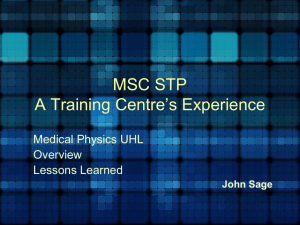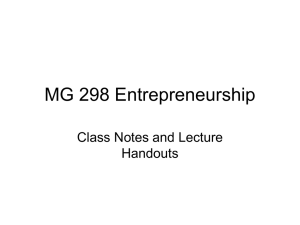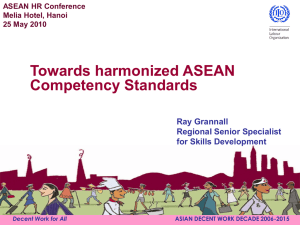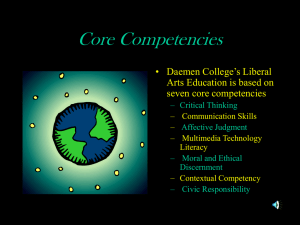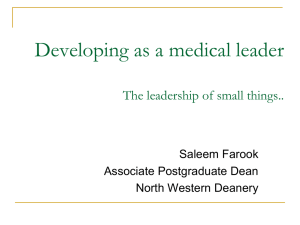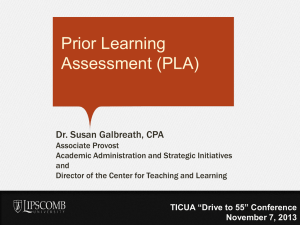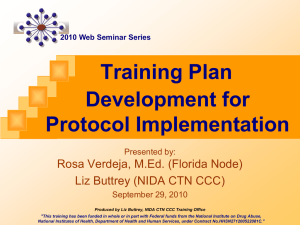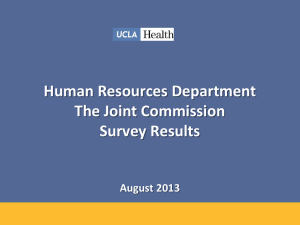Five-Point Rating System
advertisement
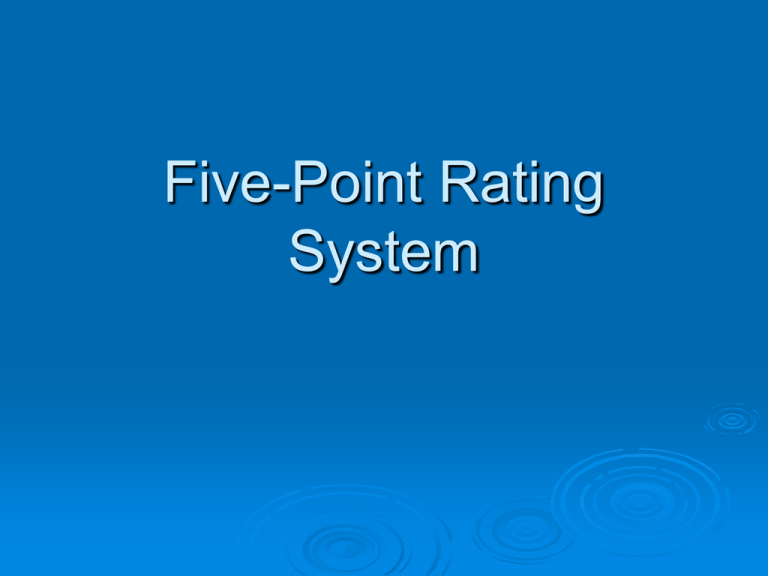
Five-Point Rating System Five-Point Rating System 5. Distinguished 4. Excellent 3. Proficient 2. Some Improvement Needed 1. Unsatisfactory 5. Distinguished Definition: Unusually outstanding in all aspects of this competency. Performs at the highest level and serves as an example to others. Sound justification, including examples, must be provided in order to use this rating. This is the highest possible rating. Should only be used in exceptional cases. Reserved for model employees. 5. Distinguished Keywords: UNUSUAL - The performance required for this rating extremely high and typically uncommon. CONSISTENCY - Employee must consistently perform at this level in all aspects of the competency, all of the time. EXAMPLES – Three (3) thorough examples of “Distinguished” performance must be provided in order to use this rating. 5. Distinguished Examples: Always completes tasks on or before time without errors. Is never late. By far exceeds expectations and demands of job. Completes all projects and tasks assigned without any of them “falling through the cracks.” 4. Excellent Definition: Consistently demonstrates high achievement in all key areas of this competency. Performs above the standards and surpasses performance expectations in many areas important to this competency. This is the second highest rating. Most top-performers fit in this category. 4. Excellent Keywords: KEY AREAS - Should be given to employees who exceed performance expectations in the vital (key) areas of the competency. SURPASS - Works above the expectations of most of the duties and responsibilities of the job. 4. Excellent Examples: Often completes tasks on or before time without errors. Is rarely late. Goes above and beyond most expectations and demands of job. Completes all vital projects and tasks assigned. 3. Proficient Definition: Fulfills performance standards and satisfactorily meets the expectations of this competency. Meets requirements and expectations. Keywords: • FULFILL - Accomplishes the demands of the job and competency. • SATISFACTORY - Performance must be acceptable and adequate. 3. Proficient Examples: Is reliable and dependable. Gets the job done. Possesses knowledge and skills as required by competency. Has ability to learn knowledge and skills as required by competency. 2. Some Improvement Needed Definition: Some improvement is needed to meet standards in this competency. Strategies for improvement must be defined. Failure to improve may result in disciplinary action up to and including termination. Employee’s performance is below expectations in some or all areas of the competency. 2. Some Improvement Needed Keywords: SOME - Improvement is required of some or all aspects of the competency. REQUIRED - Improvement is required and a plan of action to do so must be implemented. STANDARDS - Standard(s) of a competency is/are not being met. DISCIPLINARY ACTION - Failure to improve performance may result in disciplinary action, up to and including termination. 2. Some Improvement Needed Examples: Employee does well in some areas, but poorly in others within a competency or duty/responsibility. This may be an employee with a problem, not a problem employee. Employee typically has potential to improve performance. 1. Unsatisfactory Definition: Performance is substandard; immediate improvement is required. Strategies for substantial improvement must be defined. Failure to improve may result in disciplinary action up to and including termination. This is the lowest rating. Employee has serious performance issues. A Performance Improvement Plan (PIP) must be completed to correct the problem. 1. Unsatisfactory Keywords: SUBSTANDARD - Performance clearly falls below expectations of competency, and duties and/or responsibilities. IMMEDIATE - High priority for performance improvement must be demonstrated by employee and supervisor. PIP - Performance Improvement Plan DISCIPLINARY ACTION - Failure to improve performance may result in disciplinary action, up to and including termination.

